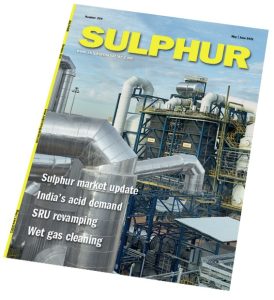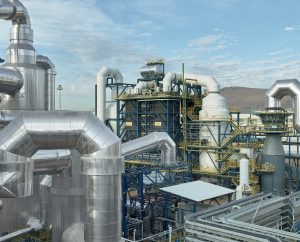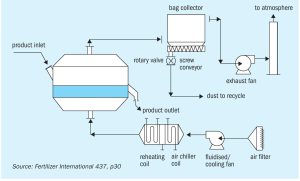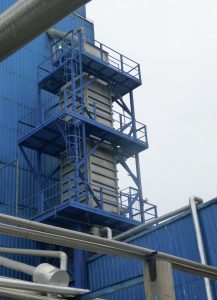People
Calgary-based Pieridae Energy Ltd says that it has hired a new Chief Operating Officer as from April 5th. Darcy Reding is a professional engineer with 30 years of experience in small and medium-sized private and public upstream oil and gas companies, 20 years of that in leadership roles. Reding spent the last decade at NAL Resources as VP of Operations and VP Operations & Geoscience. Prior to NAL, Reding held technical and leadership roles with Norcen Energy, Northrock Resources, Samson Exploration and Enterra Energy Trust.









